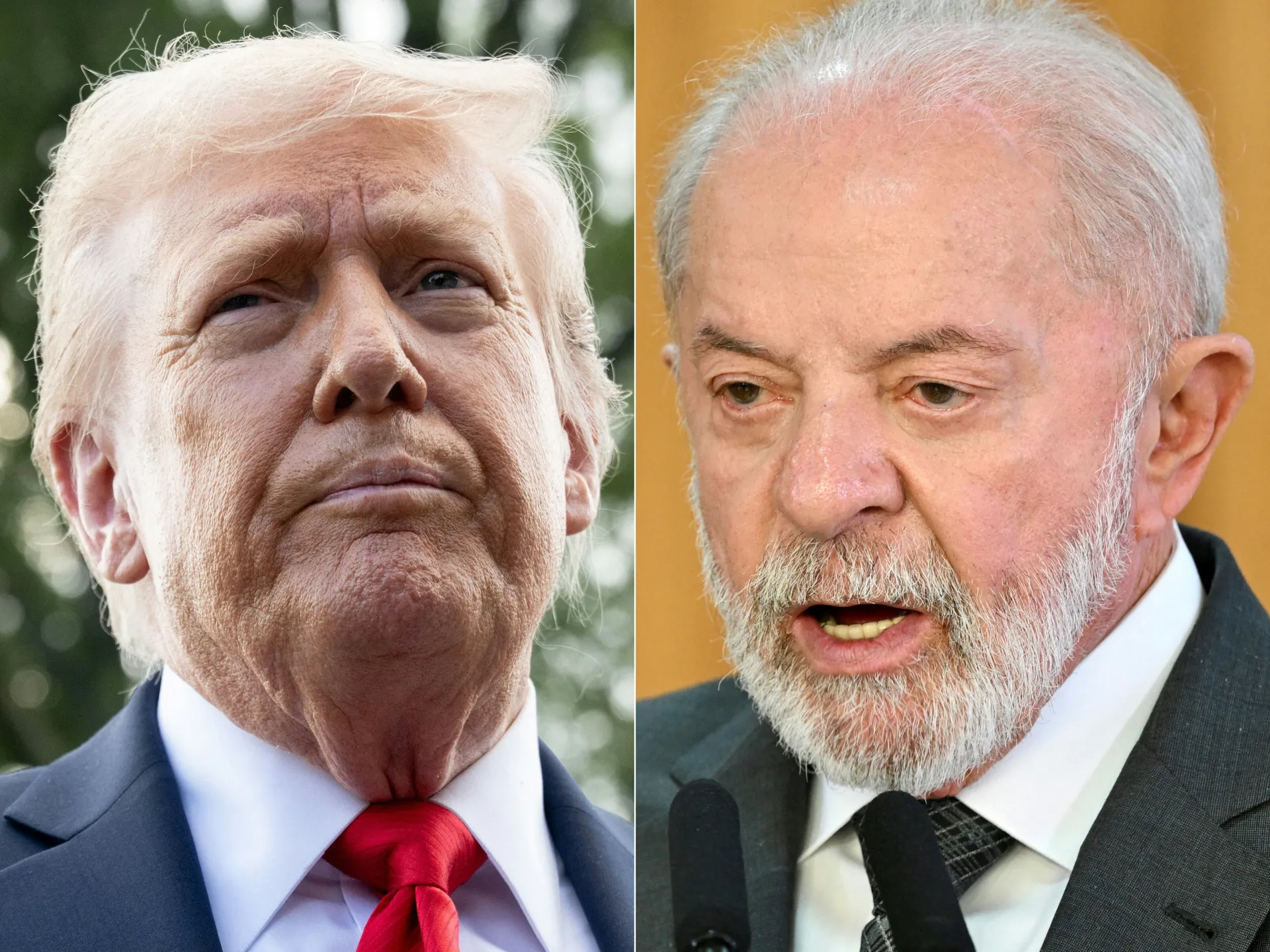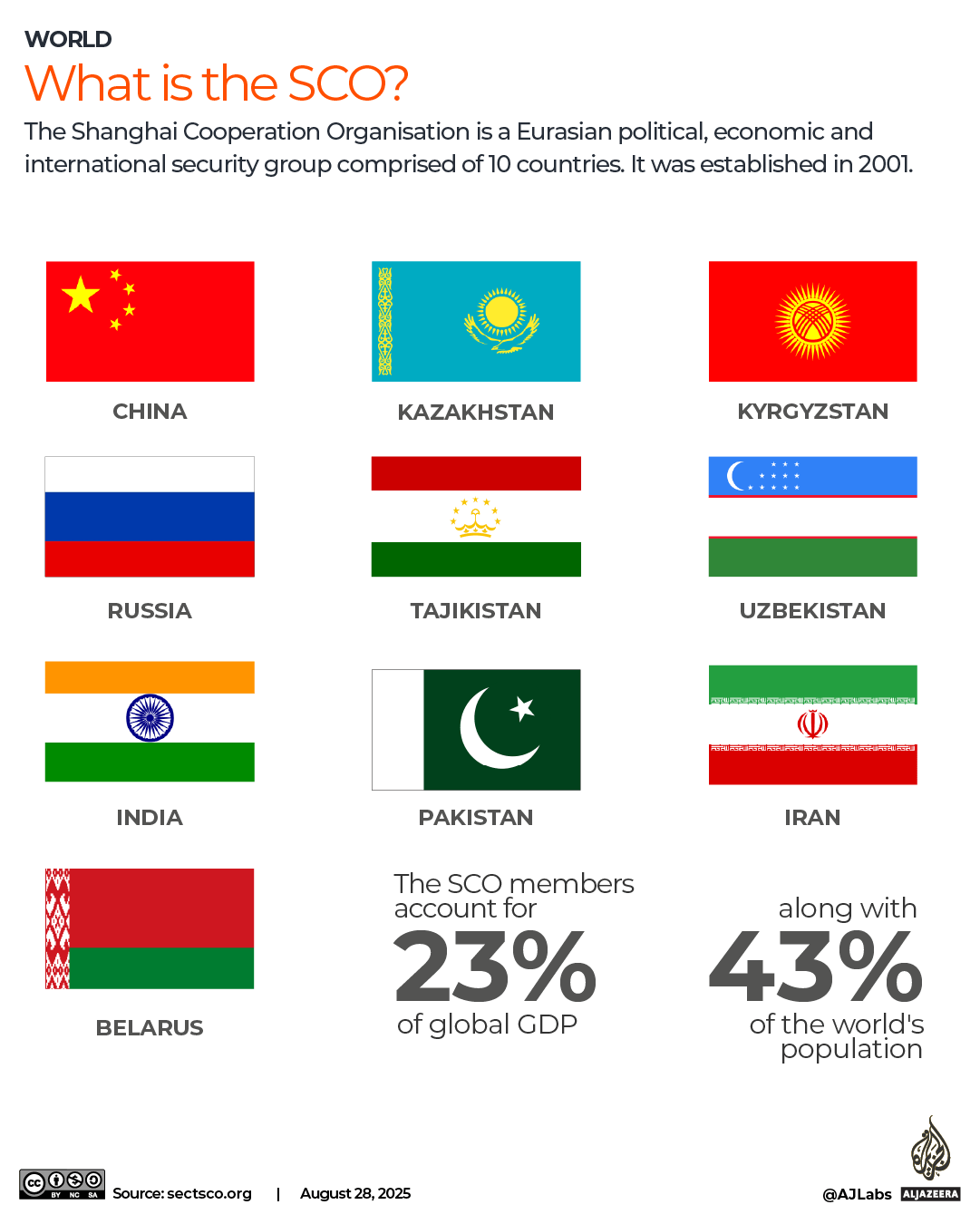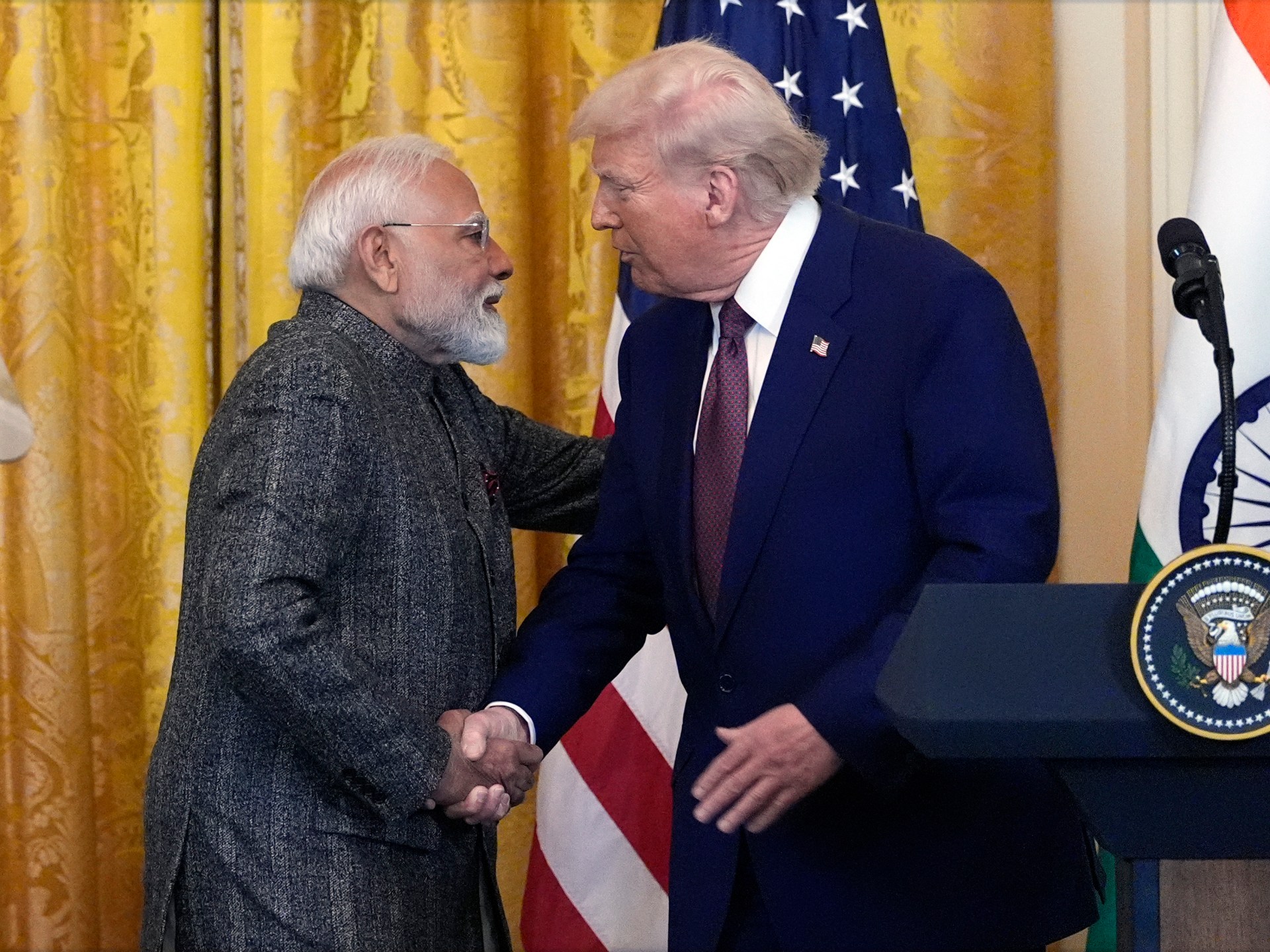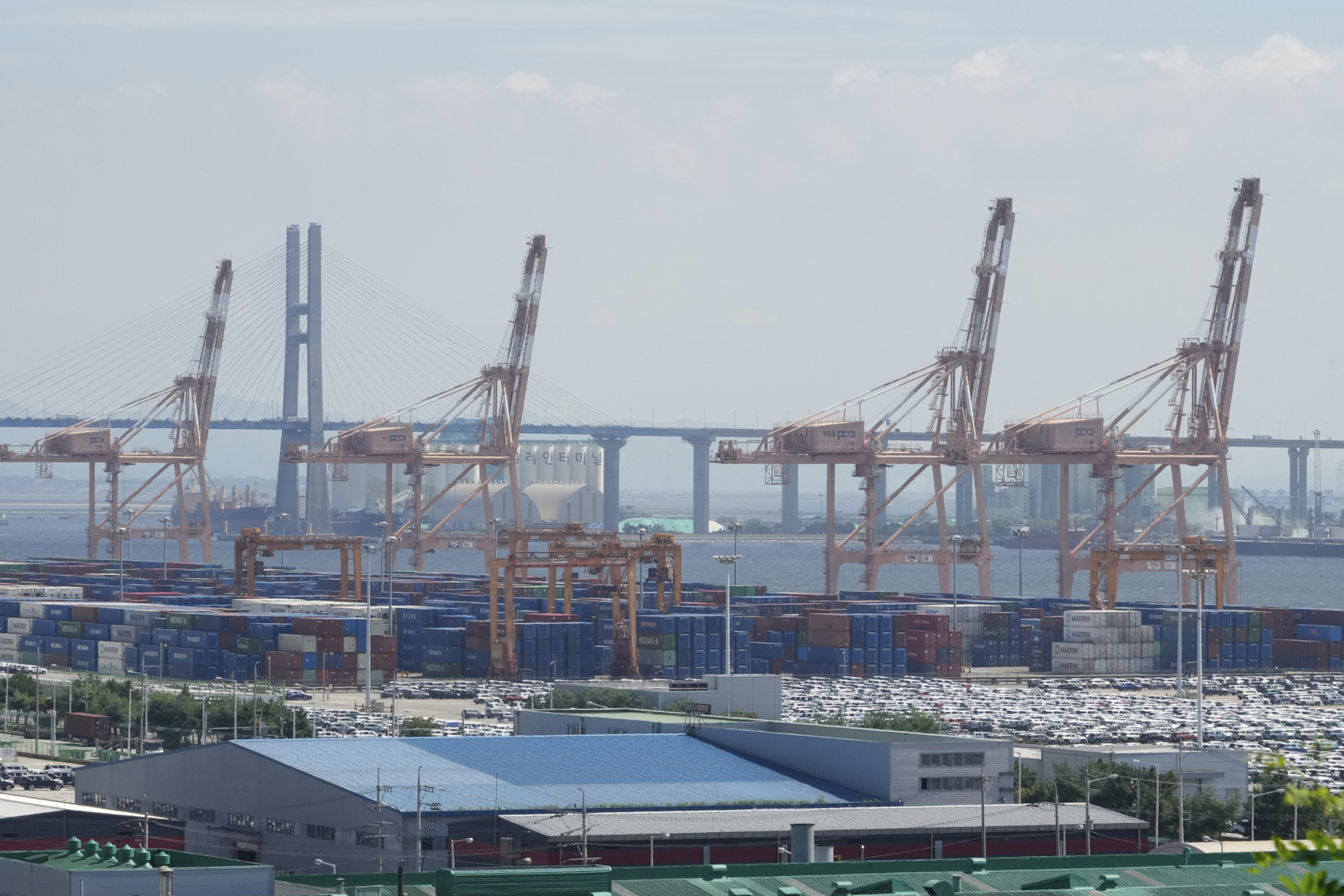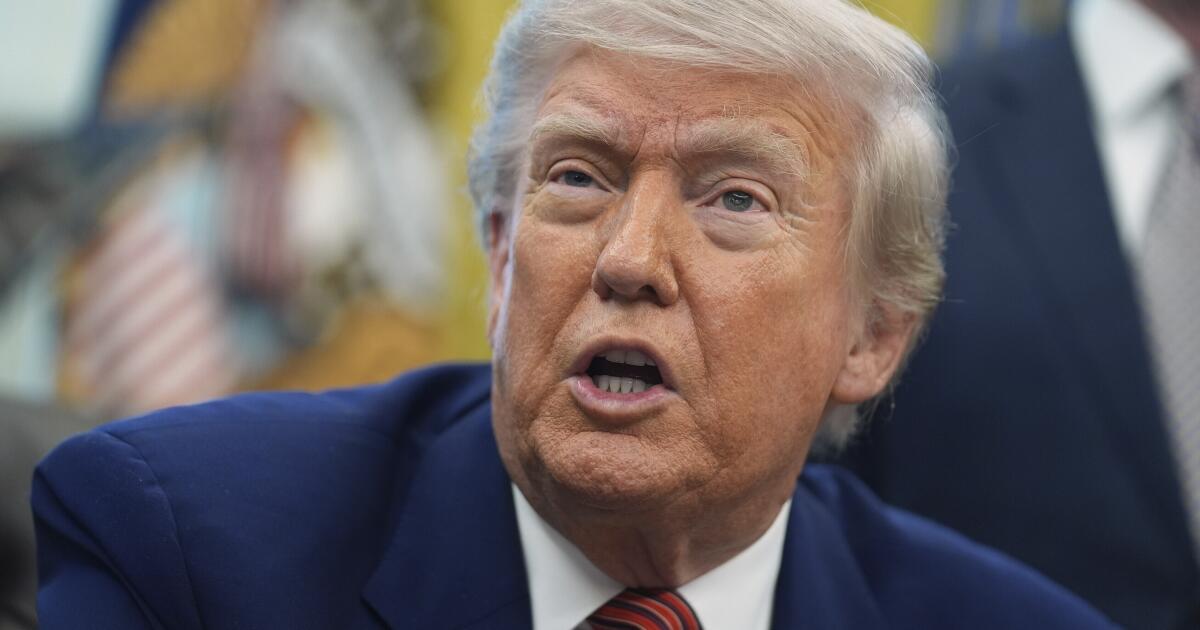3 Consumer Goods Stocks Set to Benefit From a Rate Cut
The Federal Reserve has shifted to rate cuts, which could be a boon for companies that rely on consumer spending.
The Federal Reserve just cut interest rates. The goal was, basically, to protect the U.S. economy from falling into a recession.
Wall Street is expecting additional rate cuts from here, which could lead to positive outcomes for these three consumer goods companies. Each one comes with a different set of risks and potential rewards. Here’s why these stocks could be worth examining today, before more rate cuts are made.

Image source: Getty Images.
1. Target isn’t resonating with consumers right now
Target (TGT) is a large big box retailer, offering a range of products under one roof. It competes directly with Walmart (WMT 0.64%). That’s an important comparison point because Target is doing poorly right now and Walmart is doing quite well. To put numbers on that, Target’s same-store sales fell 1.9% in the second quarter of 2025 while Walmart’s same store sales rose 4.6% in its U.S. locations.
The big difference is that Target’s business model is to offer a more premium experience, while Walmart is squarely about its everyday low prices ethos. Consumers worried about the economy and inflation, which The Motley Fool’s research shows can ravage the buying power of the dollar, appear to be voting with their feet. However, if Federal Reserve rate cuts lead to a growth uptick, consumers could trade back up to Target.
Just such a shift has happened before, so expecting it to happen again isn’t a big stretch in a sector driven by consumer sentiment. That said, Target’s shares are down more than 40% from their 52-week high, making them look relatively cheap. And the Dividend King is offering an attractive 5% yield that’s backed by over five decades of annual dividend increases.
2. Lululemon is a luxury basics clothing retailer
The story around Lululemon (LULU -0.75%) is roughly similar to that of Target. Lululemon makes athletic wear basics. However, the cost of these basics is very high, so it is really a luxury retailer. To be fair, there’s a fashion twist here and the company has made past design missteps that can’t be ignored. But overall, it has been on trend more than it has been off trend.
But one thing Lululemon can’t control is the swings in the economy and how customers react to those swings. The company’s second quarter results weren’t bad if you take a top-level view of the income statement, with revenues up 7% and same-store sales up 1%. But that was entirely driven by international growth, with sales up just 1% in the Americas and same store sales off by 4%.
It clearly looks like consumers in the Americas are pulling back on what are really discretionary purchases, despite the basic nature of the items. If rate cuts make consumers more confident in the economy again, that trend could change. With the stock down more than 50% from its 52-week high, there could be some turnaround appeal here for more aggressive investors.
3. Coca-Cola is boring and doing fairly well
Coca-Cola (KO -0.83%), the last stock up on this list, is appropriate for conservative investors. The shares are only down around 10% from their 52-week highs. But that’s enough to have pushed the stock’s price-to-sales and price-to-earnings ratios below their five-year averages. It wouldn’t be fair to suggest that Coca-Cola is trading hands at fire-sale prices, but it does appear fairly priced to a little cheap. The stock doesn’t go on sale very often, so this could be a good opportunity for long-term investors who place a high value on dividends.
On the dividend front, the beverage giant is a Dividend King with over six decades of annual dividend increases behind it. The yield is notably above the market at nearly 3.1%. And it is one of the largest and best-run consumer staples companies on the planet. If you are risk averse, Coca-Cola is a solid option. And economic growth driven by rate cuts could make it that much easier for consumers to justify splurging on what is basically very expensive water.
There’s plenty of benefit to go around from rate cuts
Federal Reserve rate cuts are a bit of a blunt instrument when it comes to impacting the economy. But they can be very effective at freeing up capital for investment. If there are more rate cuts to come, as Wall Street seems to expect, Target, Lululemon, and Coca-Cola could all benefit if the outcome is continued, if not stronger, economic growth. The upside at Target and Lululemon is more material, but Coca-Cola shows that even the most conservative investors can get in on the rate-cut investment opportunity.
Reuben Gregg Brewer has no position in any of the stocks mentioned. The Motley Fool has positions in and recommends Lululemon Athletica Inc., Target, and Walmart. The Motley Fool has a disclosure policy.

